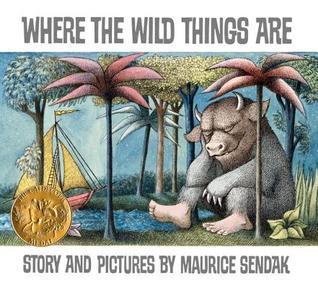Earlier this week, I took my eldest daughter to hear Veronica Roth (Divergent trilogy) & Phoebe North (Starglass) in conversation at one of our favorite independent bookstores – Schuler Books (@SchulerBooks). Here are some highlights:
It was amazing to see this many people in a small space (500 tickets all sold out!) because of excitement about books, reading, and authors. We talked with some people who had driven for more than 5 hours from Cincinnati, Ohio and heard of someone else who had come from Kentucky.

Seated tickets sold out in 14 minutes. This is standing room only crew…
On their own characters:
Phoebe: I loved Tris. I loved that she is complicated and seemed like a real teenager. She was challenging sometimes to read but that’s what I liked about her.
Veronica (re. the relationship between Tris & Four): It was a rule for me that neither character would derive strength from the other
On “strong female characters”:
Veronica: Male characters get to be all of these different adjectives, and we think women characters should be the same thing.
Phoebe: I think it’s important to think about what we mean by strong. We can have physically strong, like Tris. But we can also have complex and real – that is strong too.
On anxiety and writing
Veronica: I find it problematic that in general if something is wrong with you “below the neck” that it’s acceptable to get help and go a doctor. But if something is “above the neck” like anxiety or depression, people are just supposed to suck it up. That’s wrong. These are things that can be about brain chemicals and it’s important to get help, from a doctor or counselor or therapist.
Phoebe: Therapy is like ‘leveling up’ in life instead of a video game.
On writing:
Veronica: It’s important to have people to work with that think differently than you do when sharing writing. It means that you have disagreements, but it also means it helps you think more deeply.
Phoebe: At the beginning I was I used to fly by the seat of my pants. I thought I should try to be more of a planner/plotter. Then I tried it, wrote 500 pages, and it was awful. Now I just do it the way that works for me.
Veronica: I have a different process for each book. I don’t know if I’ll ever have one process that works for every book. Sometimes you don’t have a process. Anything that helps you write is what you should do to write.
Thanks to Schuler Books for hosting. Whitney and the entire staff was amazing as always.
Thanks to Harper Collins – for every ticket sold at each of the events, they donated a new book to First Books.
Thanks to Veronica & Phoebe for coming to Lansing and sharing your time and selves with us.
Schuler Books
website: http://www.schulerbooks.com/
twitter: @SchulerBooks
Phoebe North
website: http://www.phoebenorth.com/
twitter: @phoebenorth
Veronica Roth
website: http://www.veronicarothbooks.com/
twitter: @VeronicaRoth














